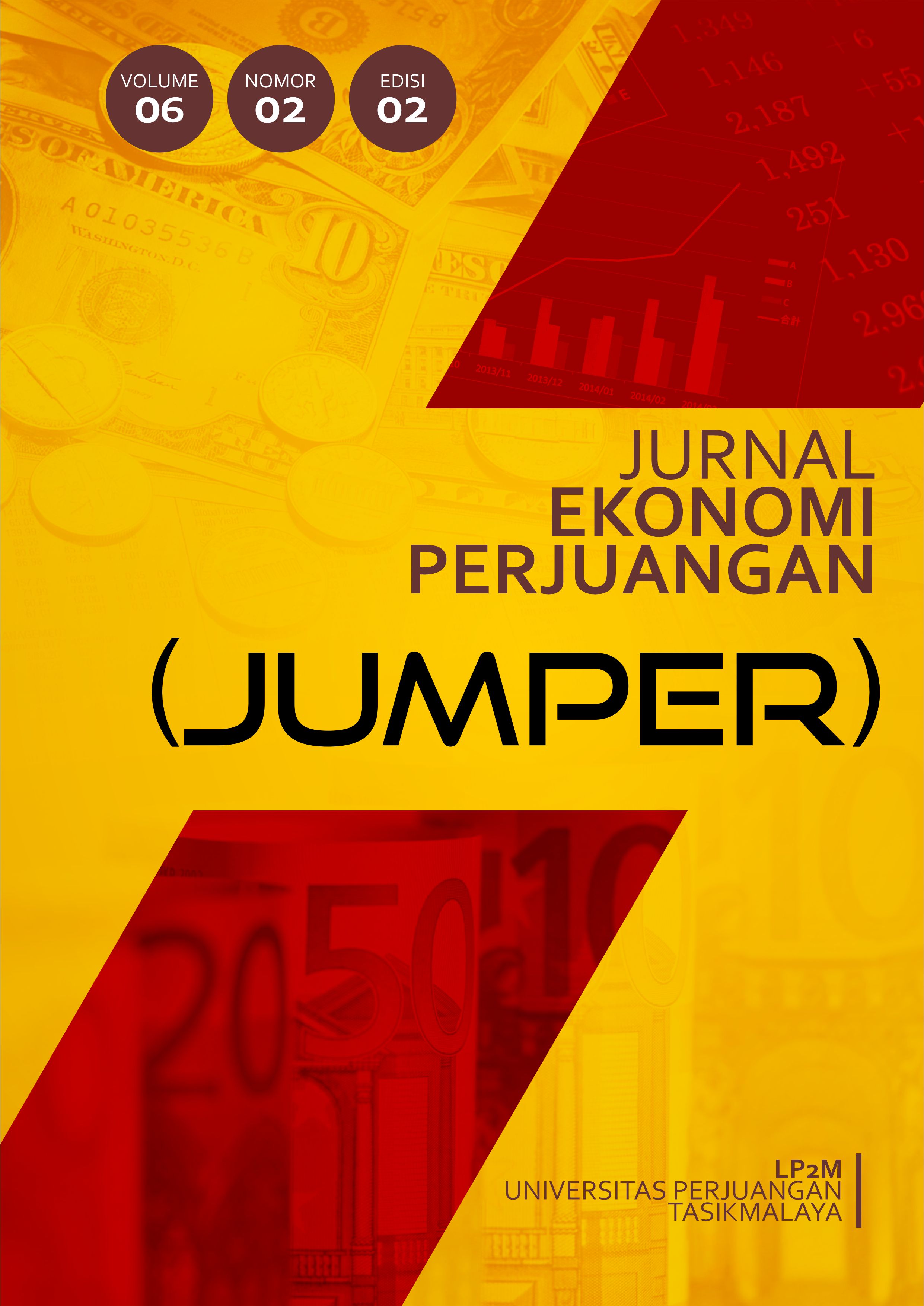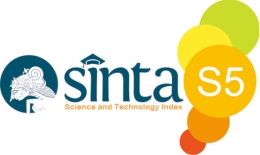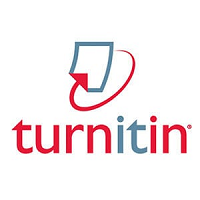Kajian Literatur Strategi Pengelolaan Human Resources Dalam Upaya Meningkatkan Kinerja Dan Motivasi Karyawan Melalui Balanced Scorecard
DOI:
https://doi.org/10.36423/jumper.v6i2.2005Keywords:
Balanced Scorecard , Human Resources , Kinerja Karyawan, Motivasi KaryawanAbstract
This study aims to examine the strategy of human resource management (HR) through the implementation
of the Balanced Scorecard (BSC) in an effort to improve employee performance and motivation. The
Balanced Scorecard consists of four main perspectives, namely financial, customer, internal business
processes, and learning and growth. Through a literature review, it was found that the implementation of
BSC in HR management can improve employee performance by providing a more transparent and
integrated assessment system, and facilitating competency development through continuous learning
growth. HR through the Scorecard can also help control the cost of creating company value, assess HR
contributions to strategy implementation, and support organizational change and formation. In addition,
BSC has also proven effective in increasing employee motivation by creating a fair evaluation system and
encouraging innovation. However, challenges such as resistance to change also need to be anticipated.
Overall, the implementation of BSC in HR management has great potential to support long-term
achievements through more effective and structured HR management.
References
Maradita, F. (2020). HUMAN RESOURCE SCORECARD Mengaitkan Orang, Strategi dan Kinerja SDM (Suatu Model Pengukuran Kinerja SDM). Jurnal Ekonomi dan Bisnis Indonesia, 5(1), 15-18. DOI: https://doi.org/10.37673/jebi.v5i1.650
Maryati, M., Wasliman, I., Rostini, D., & Iriantara, Y. (2022). Implementasi Balanced Scorecard Dalam Meningkatkan Kinerja Lembaga Pendidikan. Indonesian Journal of Learning Education and Counseling, 4(2), 157-167.
Oscar O.J. & Mahazan, M. (2020). Strategi pengelolaan sdm dalam peningkatan kinerja perusahaan berkelanjutan di era industri 4.0. JURNAL BECOSS, 2(1). 2686-2557
Parinsi, W. K., & Musa, D. A. L. (2023). Strategi Pengelolaan Sumber Daya Manusia Untuk Meningkatkan Kinerja Perusahaan yang Berkelanjutan di Industri 4.0. J-MAS (Jurnal Manajemen dan Sains), 8(2), 1385-1393. DOI:10.33087/jmas.v8i2.1510
Pratama (2022). books.google.com. Manajemen Sumber Daya Manusia (Untuk Pemerintahan dari Teori ke Praktik).
Saihu, S. (2019). Implementasi Manajemen Balanced Scorecard Di Pondok Pesantren Jam’Iyyah
Islamiyyah Tangerang Selatan. Mumtaz: Jurnal Studi Al-Quran dan Keislaman, 3(1), 1-22.
Shabrina, A. N., Fauzi, A., Fikri, A. W. N., Ramadhan, H. N., Choirudin, M., Riyandito, M. R., ... & Hikayatuni’mah, P. A. (2023). Peran Manajemen Sumber Daya Manusia Strategik dalam Menciptakan Keunggulan Kompetitif Perusahaan. Jurnal Ilmu Manajemen Terapan, 4(3), 382- 387.
Susan, E. (2019). Manajemen sumber daya manusia. Adara Jurnal Manajemen Pendidikan Islam,
(2). 2685-4538
WK Parinsi, DAL Musa - J-MAS (Jurnal Manajemen dan Sains), 2023 - jmas.unbari.ac.id. Strategi Pengelolaan Sumber Daya Manusia Untuk Meningkatkan Kinerja Perusahaan yang Berkelanjutan di Industri 4.0. unbari.ac.id
Downloads
Published
Issue
Section
License
Copyright (c) 2024 Aca Hasya Febrianty, Nuraini Asriati

This work is licensed under a Creative Commons Attribution-NonCommercial-ShareAlike 4.0 International License.
The Authors submitting a manuscript do so on the understanding that if accepted for publication, copyright of the article shall be transferred to Jurnal Ekonomi Perjuangan (JUMPER)
This is an open-access journal in accordance with the Creative Commons Attribution-ShareAlike 4.0 International (CC BY-SA 4.0) license.
This permits users to:
Share - copy and redistribute the material in any medium or format
Adapt - remix, transform, and build upon the material for any purpose, even commercially
Under the following terms:
Attribution - You must give appropriate credit, provide a link to the license, and indicate if changes were made. You may do so in any reasonable manner, but not in any way that suggests the licensor endorses you or your use.
ShareAlike - If you remix, transform, or build upon the material, you must distribute your contributions under the same license as the original.
No additional restrictions - You may not apply legal terms or technological measures that legally restrict others from doing anything the license permits.











